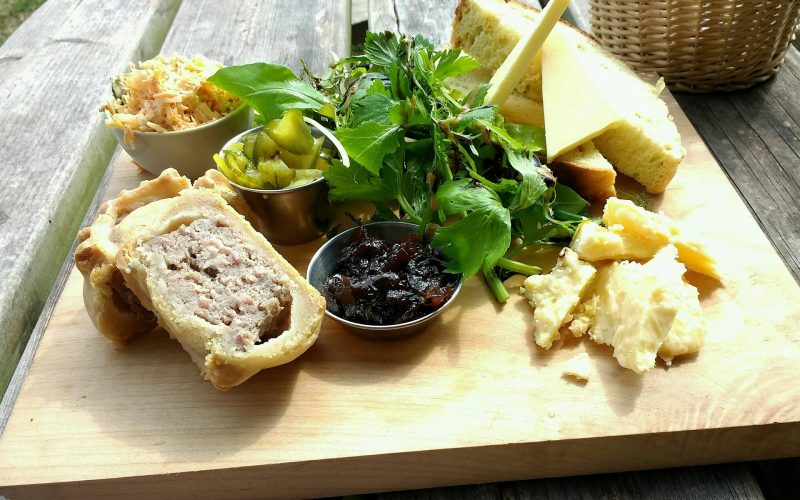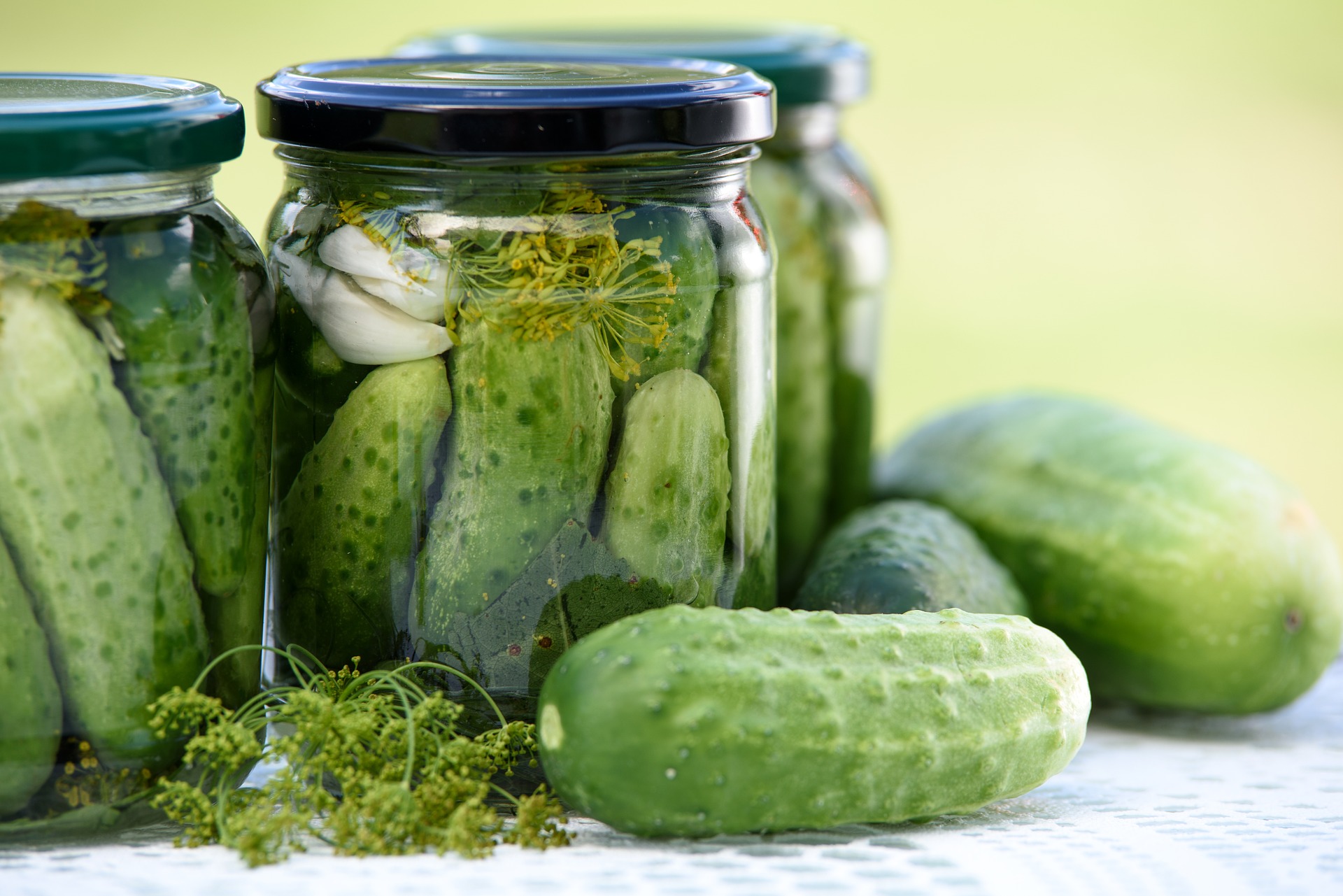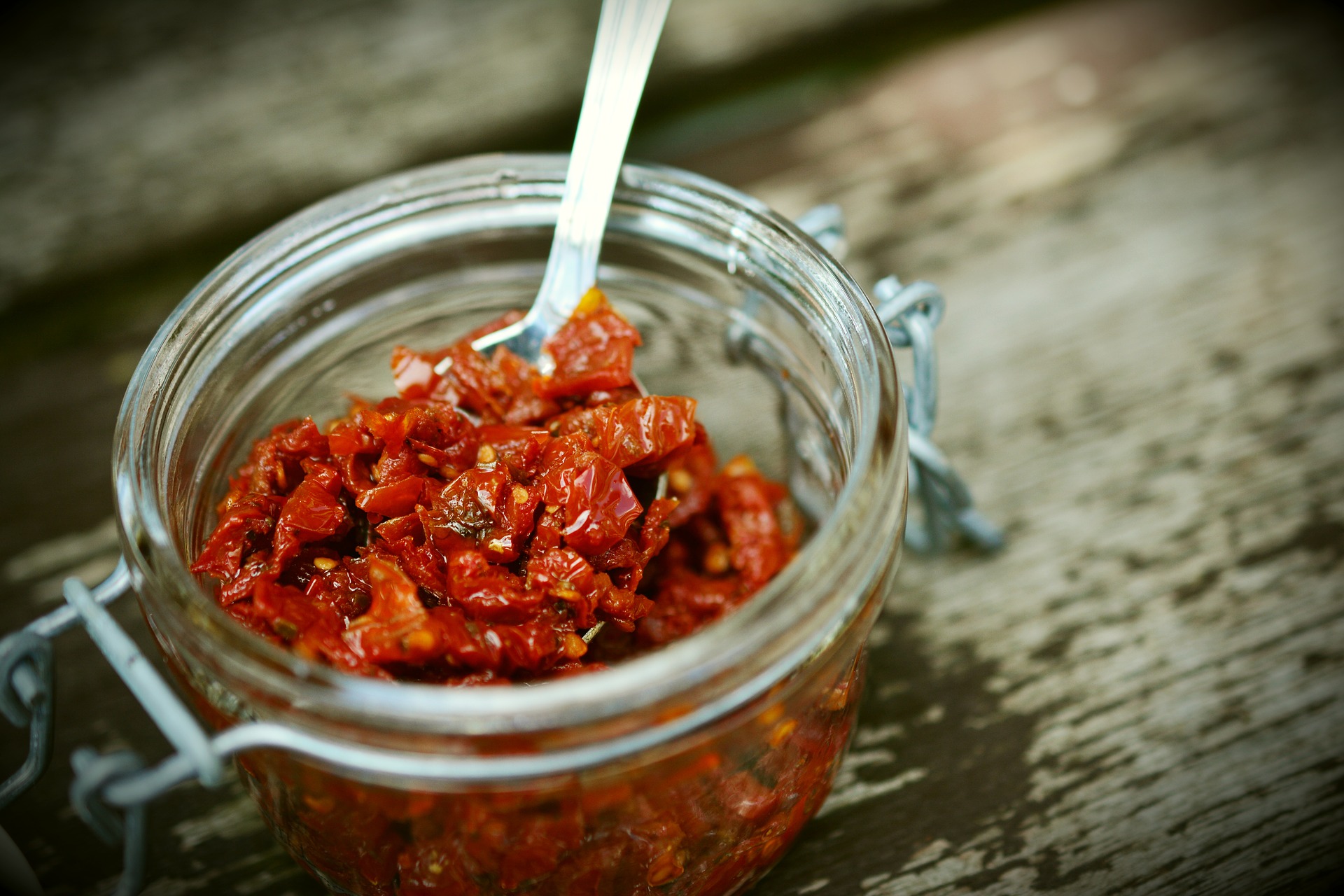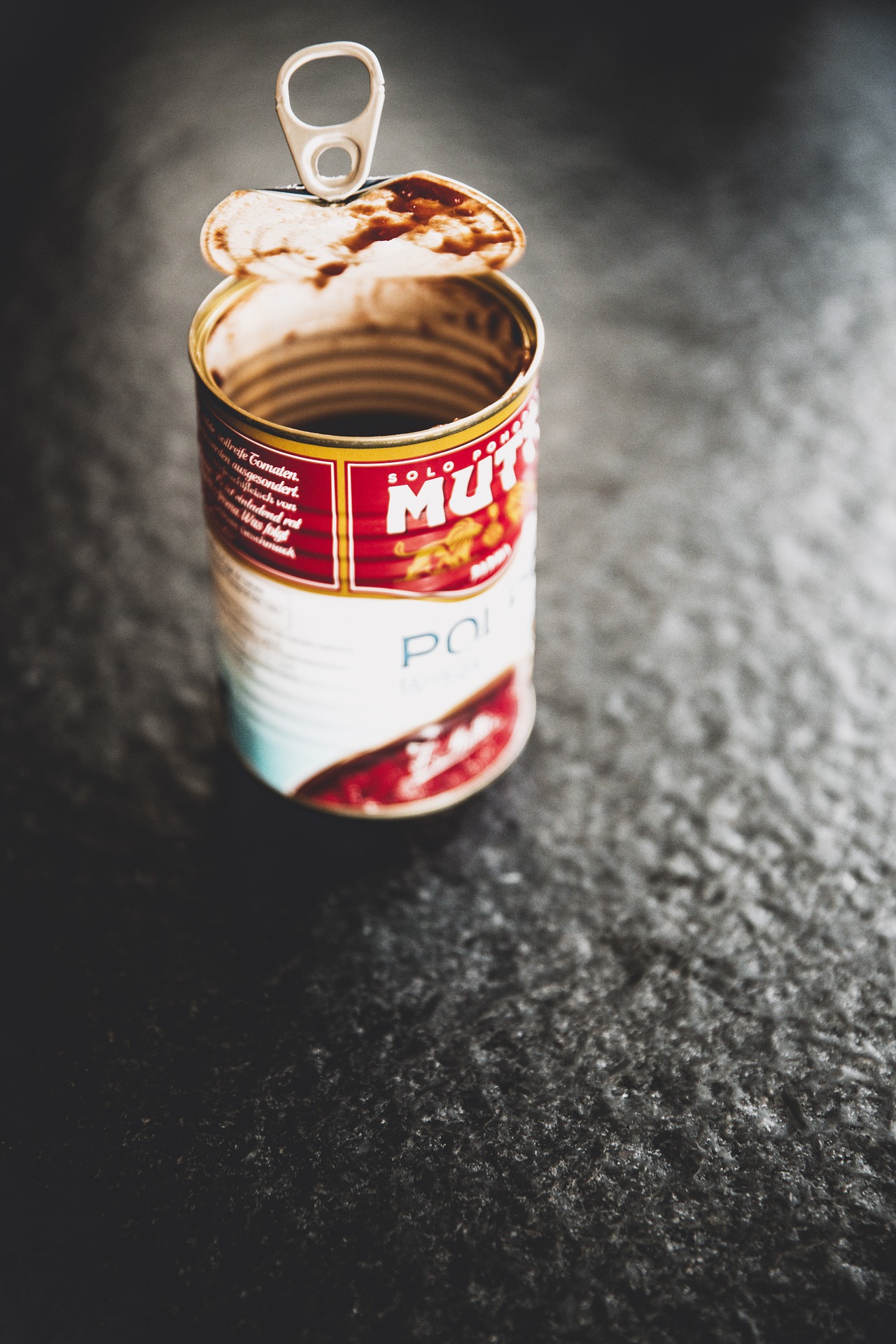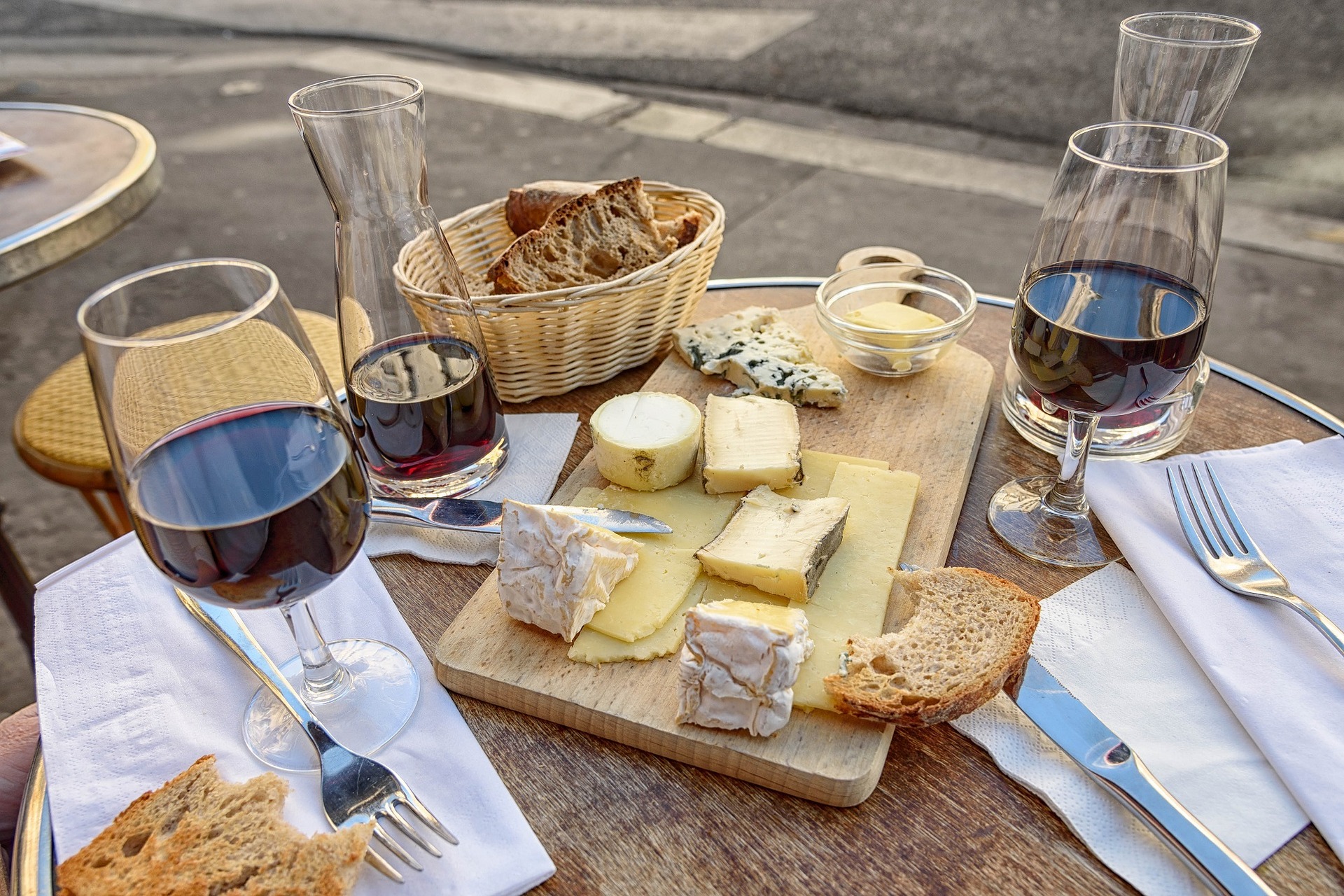Food preservation is not the sexiest topic but something to keep in mind when you’re working with whole foods and fresh produce. For example, I get a veggie box once a week but I can’t cook it all up in one go. Knowing my options for food preservation are awesome in this case. I regularly freeze either fresh produce (particularly kale) and also cooked meals. The bunch or herbs I get in the box usually ends up being dried next to my stove. This way I can use it all week and don’t end up with sad little pieces of coriander or parsley after three days. I also started a bit of fermenting and pickling.
I’m not writing this to brag about all the things I do but rather to show that most food preservation techniques are so normal that it takes effort to think about them.
In this series on preserving food, I introduce the most well-known methods. I try to point out some strategies as well as some safety features to keep in mind. It’s meant to be an overview and where possible I direct you to more resources. I excluded any recipes.
This post gives you a general overview of food preservation, from a background to choosing a method and some safety issues.
Background to food preservation
Let’s begin with the ‘why?’. Why should you preserve food?
The reason is simply so it doesn’t spoil and can last longer. But let me elaborate a bit on this. Food can spoil due to two reasons: bacterial growth such moulds and yeasts, or due to enzymes triggering natural ripening and at some point leading to decay. Preserving food means to either stop (or at least slow down) bacterial growth and/or to interrupt (and slow down) the ripening process. Most preservation methods also add flavour to food or change its texture.
Slowing bacterial growth
Hindering bacterial growth is an interesting topic because, frankly, you can’t. Not all bacteria are bad and some food preservation methods even make use of bacterial growth. Fermenting is the perfect example where bacteria contribute food preservation and their presence is welcomed. However, even fermenting represents a delicate balance between good and bad bacteria.
With regards to bacterial growth, there is a relatively simple equation to keep in mind: the more acid, the higher or lower the heat, or the less oxygen and water, the less likely bacteria will continue to multiply. All food preservation methods make use of one or two of these principles. For example, sealing food in oil or fat ‘suffocates’ bacteria; freezing (i.e. temperatures of 0°C and below) slow down any life form which includes bacteria. It’s important to keep in mind though that bacteria still exist. To stay with the sealing method, if any mistakes in the processing of the food have been made, bacteria will continue to thrive.
Slowing natural ripening
To interrupt the natural ripening process of fruit and vegetable means to work with food at the peak of its ripeness. There are exceptions but in general only truly ripe and not overripe fruit and vegetable will make awesome food preserves. And then it’s a matter of turning your produce into something delicious so you can enjoy its flavour for days, weeks, and months to come.
Choosing a food preservation method
There is no simple tip on how to choose the correct preservation method for you and your produce. Every method comes with its own challenges. Some need a bit of equipment (like canning), some need time (like fermenting), some need space (like cellaring), and some need a reliable supply of electricity (like freezing). It all depends on you!
However, there are a few hints at what foods are best preserved which way. Some well-known examples: potatoes are best stored in a cellar, beets are best pickled, figs are awesome dried, peas are good for freezing, and tomatoes store well in cans. Okay, maybe these aren’t very surprising examples but that’s the whole point. You probably know so much about food preservation already that I hardly have to write anything down.
Resources
If you’re still unsure, these are a few of the books I’ve come across which tackle food preservation on a broader scale (there are a number of specific books for each method):
The food preservation bible
Reader’s Digest Back to Basics (this book comes in an Australian and an American version; I only know the Australian version)
Please add any other resources in the comments below!
Safety issues
Food preservation comes with a few safety issues to keep in mind.
Number one, all surfaces on contact with to-be-preserved-food need to be clean. Any residual bacteria can result in mould.
Secondly, all equipment used to preserve food needs to be clean.
Also, all hands handling to-be-preserved food need to be clean.
Lastly, follow recipes. Most recipes will give detailed instruction on how to go about the particular method (if they don’t, check the recipe!). Don’t skip any steps or neglect any instructions. This goes particularly in the beginning when you’re learning how to preserve food.
Keep in mind what I said earlier about how bacteria grow: with oxygen, warmth, and water. By eliminating at least one of them you are half way to safe food preservation.
